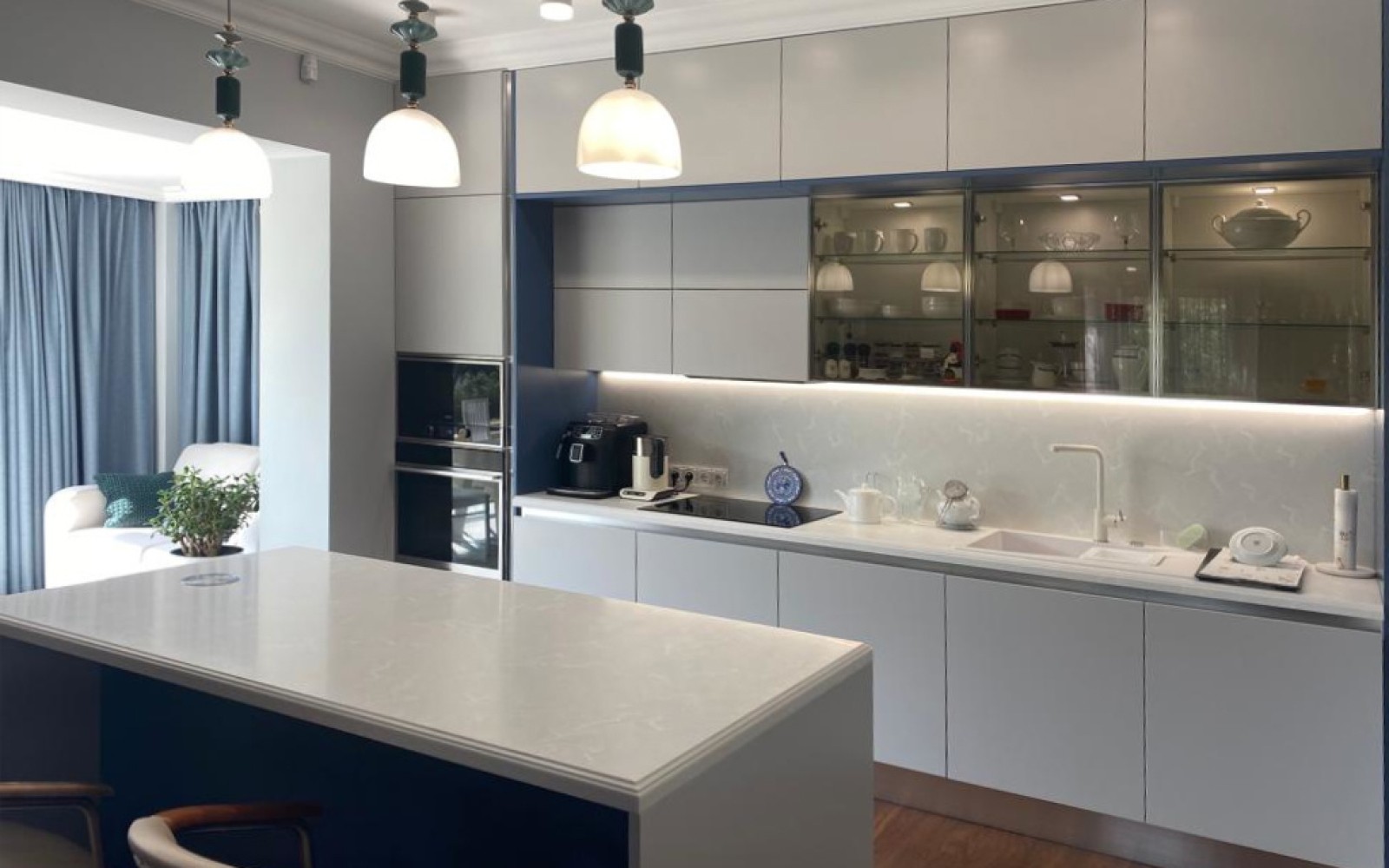Culinary Spaces Redefined: Innovate
Introduction to Modern Culinary Spaces
The culinary world is undergoing a transformation, with innovation leading the charge in redefining the spaces where food is prepared and enjoyed. From high-tech kitchens to multifunctional dining areas, the new era of culinary spaces combines functionality with creativity, challenging traditional concepts and inviting a fresh wave of culinary enthusiasts.
Technology Integration in Kitchen Design
Smart kitchens are at the forefront of this culinary revolution, featuring appliances and systems connected through the Internet of Things (IoT). Homeowners and chefs alike can now enjoy the convenience of voice-controlled ovens, fridges that manage inventory, and cooktops that can be adjusted remotely. This integration of technology not only streamlines the cooking process but also elevates the culinary experience to new heights.
Maximizing Space with Modular Concepts
The rise of small living spaces has spurred the need for modular kitchen designs. These innovative layouts allow for components to be reconfigured or tucked away when not in use. Modular kitchens often include foldable work surfaces, retractable appliances, and movable storage units, making them ideal for urban dwellings where space is at a premium.
Sustainability as a Design Cornerstone
As environmental concerns become more prominent, culinary spaces are embracing sustainability. This involves the use of recycled materials, energy-efficient appliances, and waste-reduction systems. For instance, many modern kitchens now feature composting solutions and water-saving devices, ensuring that eco-friendliness is baked into every meal.
The Social Kitchen: Encouraging Interaction
Kitchens are no longer hidden away but are becoming the centerpiece of social interaction within the home. Open kitchen designs encourage family and guests to gather and participate in the cooking process, leading to a more communal and inclusive environment. This trend towards openness promotes not just sharing of food, but also of conversations and experiences.
Multisensory Dining Environments
Dining is an experience that engages all senses, and modern culinary spaces reflect this by creating multisensory environments. Adjustable lighting, acoustics, and even scents are being considered to enhance the dining atmosphere. These elements are carefully designed to complement the food and create a more immersive dining experience.
Culinary Education and Workshops
As interest in cooking grows, culinary spaces are increasingly featuring areas dedicated to education and workshops. These spaces are equipped with tools and technologies to facilitate learning, from beginner cooking classes to advanced gastronomic courses. They serve as a hub for culinary enthusiasts to share knowledge and refine their skills.
Conclusion: The Future of Culinary Spaces
The redefinition of culinary spaces is an ongoing journey, blending tradition with innovation. As technology and design continue to evolve, so too will the ways in which we interact with our food and cooking environments. The future of culinary spaces lies in their ability to adapt, inspire, and foster a deeper connection with the art of food preparation and enjoyment.
